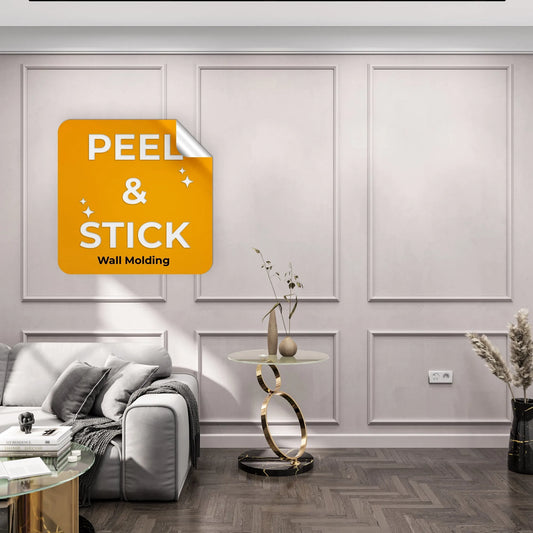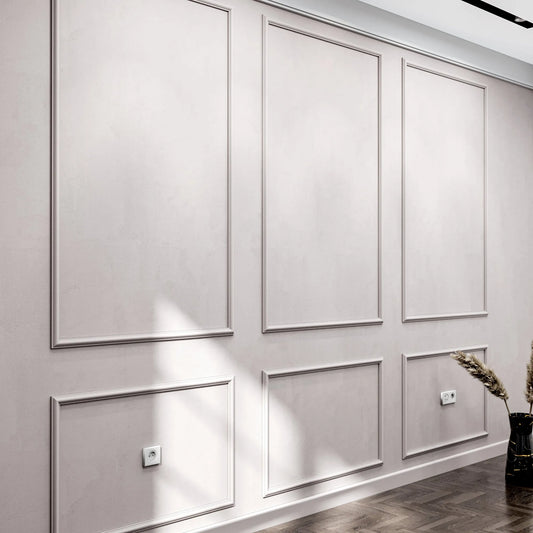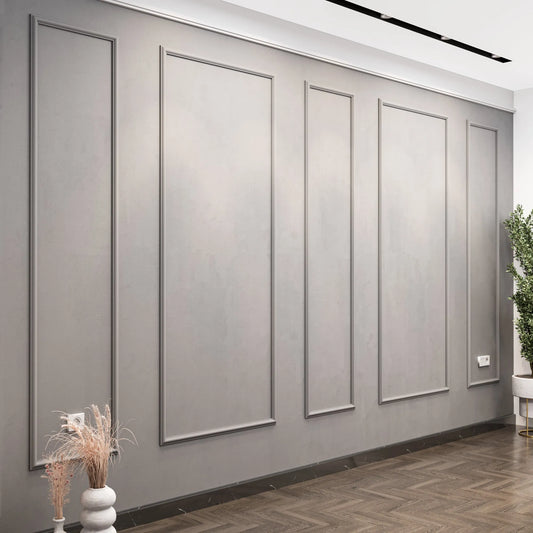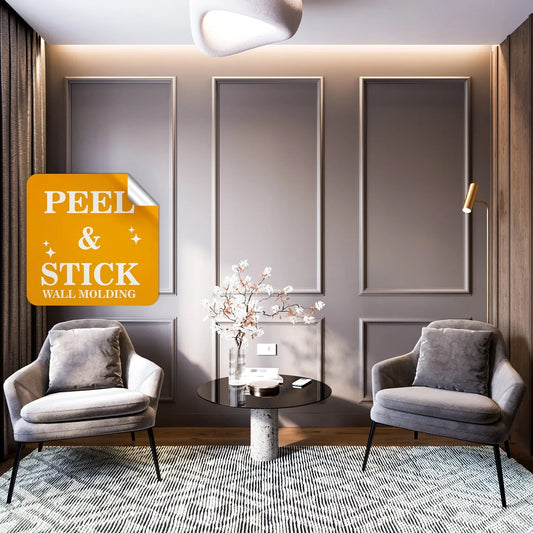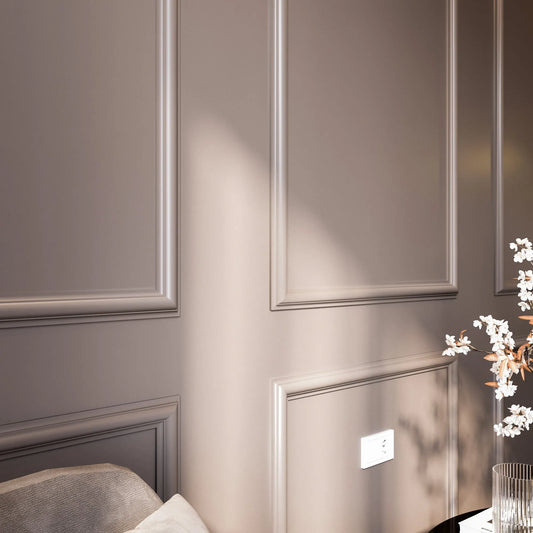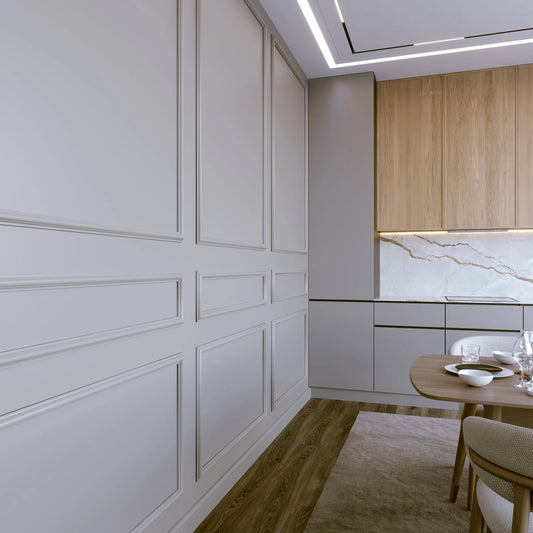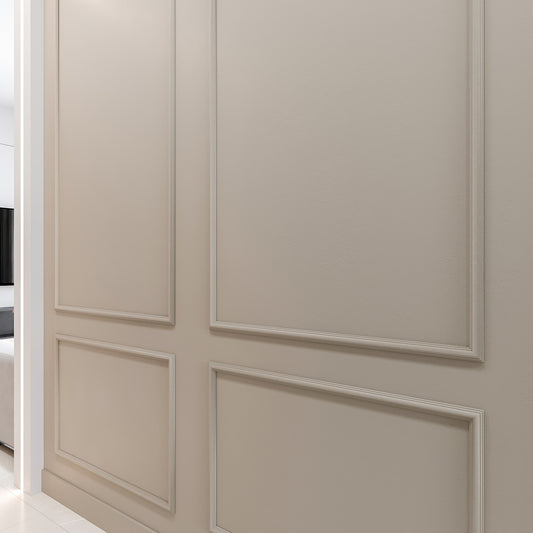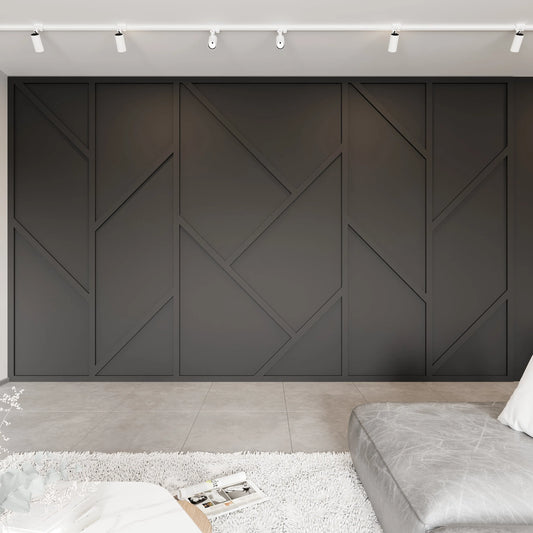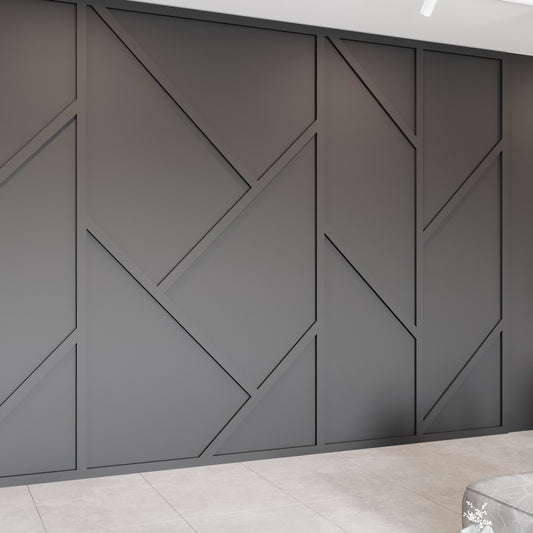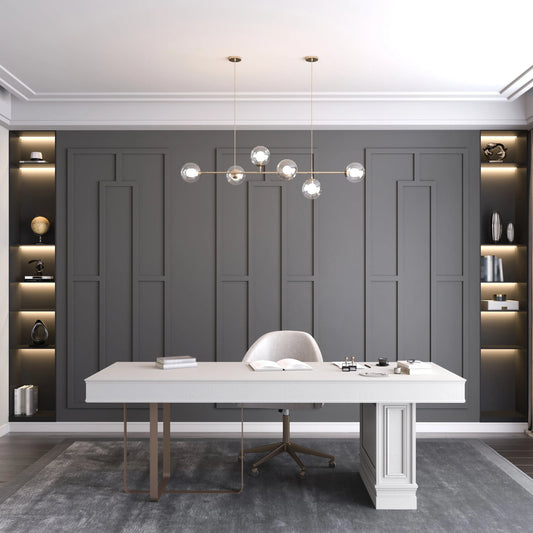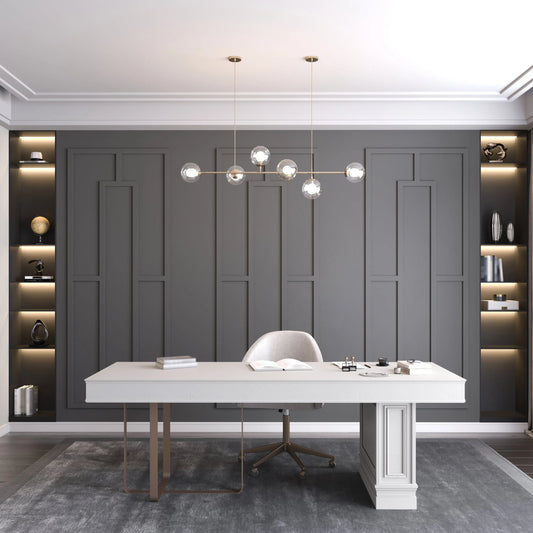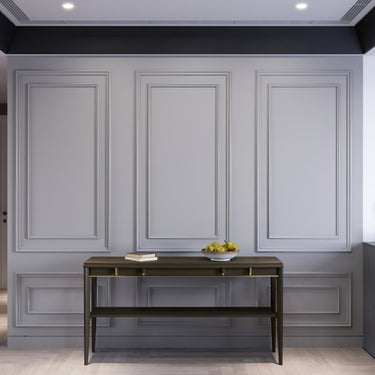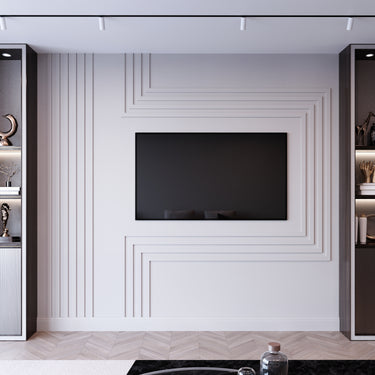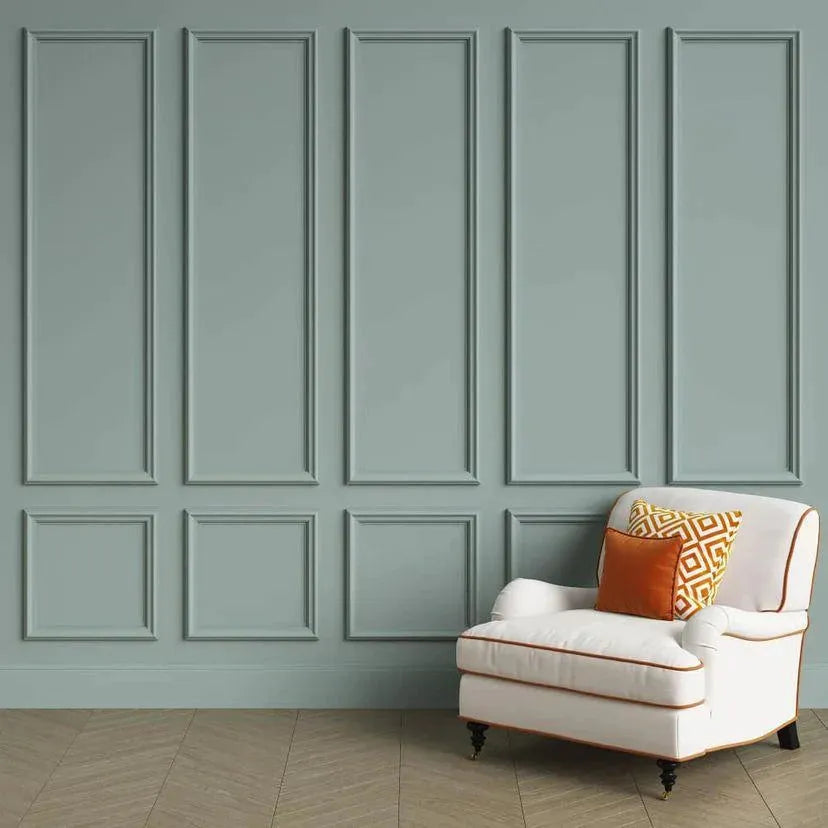Discover the fascinating history of wall molding, tracing its origins from ancient Greece to its evolution in modern times. Learn about the cultural significance and timeless beauty of this architectural element.
Ancient Greece and Rome
Wall molding has its roots in ancient Greek and Roman architecture. The Greeks used molding to decorate their temples and public buildings, while the Romans used it in their grandiose palaces and villas. Molding in this era was typically made of stone and used to frame doorways and windows, as well as to add decorative elements to walls and ceilings.
Medieval Europe
During the medieval period, wall molding continued to be used as a decorative element, but it was often made of wood instead of stone. Gothic architecture, which emerged in the 12th century, featured intricate and detailed molding, including ornate arches and pointed archivolts. The Renaissance period saw a return to classical design styles, and wall molding once again became a popular feature in grand palaces and public buildings.
Baroque and Rococo Styles
In the 17th and 18th centuries, the Baroque and Rococo styles emerged, featuring even more ornate and elaborate wall molding designs. Baroque molding was characterized by its dramatic curves and undulating forms, while Rococo molding was more delicate and featured intricate floral and shell motifs. Wall molding in this era was often made of plaster and used to create grandiose interior spaces, such as the Hall of Mirrors at the Palace of Versailles.
Neoclassical and Victorian Eras
The 19th century saw a return to classical design styles, with the Neoclassical era featuring simple and elegant wall molding designs. Victorian-era molding was more ornate and decorative, featuring floral and scroll motifs. Wall molding in this era was often made of wood or plaster, and it was used to decorate grand mansions and public buildings.
Modern Times
In the 20th century, wall molding evolved to suit the modern aesthetic. Art Deco style featured streamlined and geometric designs, while mid-century modern design used simple and clean lines. Wall molding in this era was often made of wood, metal, or plastic, and it was used to add a touch of sophistication and elegance to modern interior spaces.
Conclusion
Wall molding has a rich history that spans centuries and has evolved to suit different design styles and cultural influences. From ancient Greece to modern times, wall molding has been used to add a decorative element to interior spaces and to create grandiose and elegant environments. Whether it's made of stone, wood, or plastic, wall molding remains a popular decorative feature that adds sophistication and charm to any home or public building.

